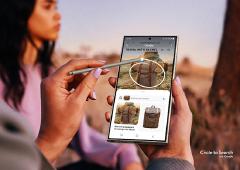Categories
Why are smartphones getting more expensive?
5 minute read
With iPhones tipping past the £1,000 mark, one important question has been on all of our minds. Why are smartphones getting more expensive? It’s not just Apple, even Android manufacturers like Samsung and Huawei are pushing for higher prices on their top smartphones. Well, before I can explain why higher price points are being attached to smartphones, I think it’s only fair to start by looking at how much smartphones are actually increasing in price.
Are smartphones getting more expensive?
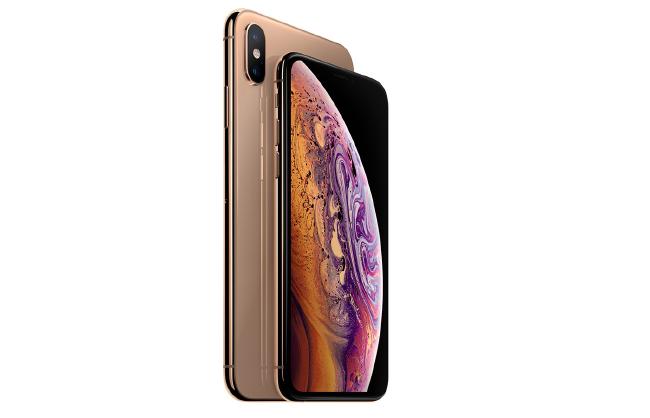
Are smartphones actually getting more expensive? After inflation, our weakening currency in the UK, and other potential issues, has the overall price of a new smartphone changed that much? To truly answer this question, I’ve taken a look at the differing prices between Apple’s handsets and Samsung’s flagship, premium, and budget offerings over the past five years. (You can learn more about the differences here.)
Let’s start with the biggest culprit, Apple.
-
2014: iPhone 6/6 Plus from £539/£619
-
2015: iPhone 6S/6S Plus from £539/£619
-
2016: iPhone 7/7 Plus from £599/£719
-
2017: iPhone 8/8 Plus/iPhone X from £699/£799/£999
-
2018: iPhone XR/XS/XS Max from £749/£999/£1,099
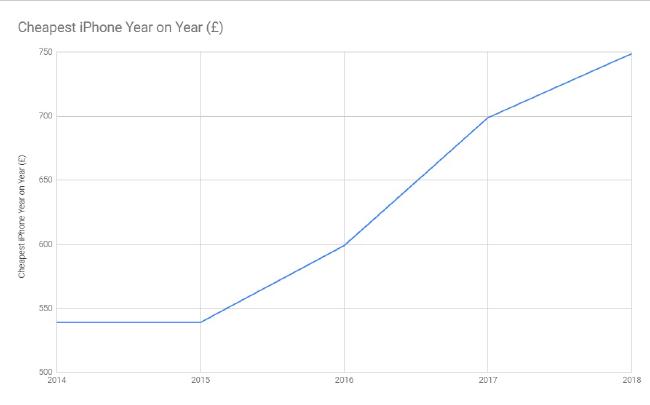
As you can see from the past five years of iPhone launches, the iPhone has certainly gotten more expensive. What’s interesting is that in the past two years things have really stepped up as Apple has introduced a new ‘ultra premium’ smartphone option.
It’s not just Apple, either. Take a look at how Samsung devices have changed in price over the past five years.
-
2014: Galaxy S5 for £579, Note 4 for £629
-
2015: Galaxy J5 for £139, Galaxy S6 for £549, S6 Edge+ for £750
-
2016: Galaxy J5 for £149, Galaxy S7 for £549, Galaxy S7 Edge for £639
-
2017: Galaxy J5 for £199, Galaxy S8 for £689, Galaxy Note8 for £869
-
2018: Galaxy S9 for £739, Galaxy Note9 for £899
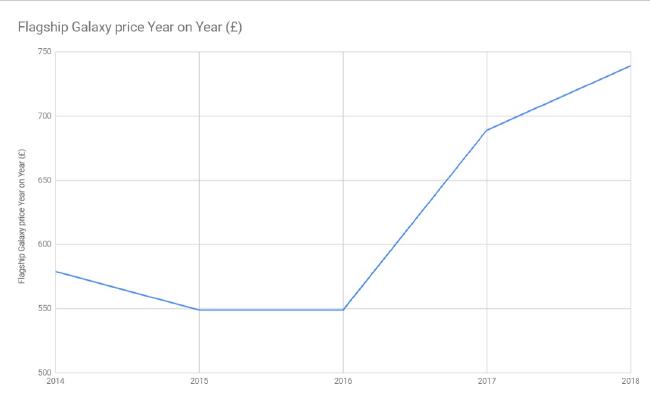
So with the two leading manufacturers we have some solid evidence that the prices have been increasing slowly over the past few years at varying price points. But what could be causing these price increases?
Well, it looks like there are a number of reasons. I’ve summarised them all below, but I want to go into more detail after. For a quick overview, there are some very real reasons for the price increase and once you understand them it’s ultimately justifiable.
-
The production costs of smartphones has increased
-
The strength of GBP has fallen due to Brexit
-
Inflation plays a small part in increased costs
The production costs of smartphones has increased
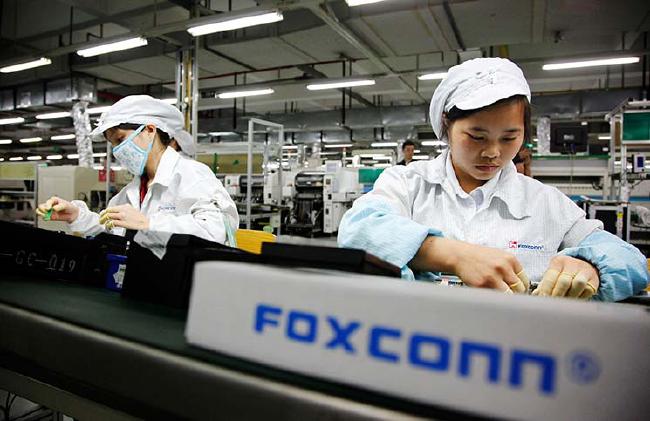
As the consumer craves sleeker designs, fancier metals, more colorful displays and smaller bezels, the actual cost to purchase the parts for an individual smartphone is increasing. This is playing a large part of the overall retail price increase of a smartphone.
Thanks to research performed by IHS Teardown, I have managed to gather data on the past five years of iPhone launches to explain how manufacturing costs play a big role in the increased prices. The prices below are based on IHS Teardown estimates at the time.
-
Estimated production cost of iPhone 6 - £130 (2014)
-
Estimated production cost of iPhone 7 - £143 (2015)
-
Estimated production cost of iPhone 8 - £185 (2016)
-
Estimated Production cost of iPhone X - £317 (2017)
-
Estimated production cost of iPhone XS - £341 (2018)
As you can see, the production cost of iPhones slowly rose from 2014 to 2016. Then, as Apple introduced even more expensive models, the production costs for those specific models increased significantly.
So, despite Apple selling the iPhone 6 for £539 and the iPhone X for £999 at launch, the actual profit after manufacturing costs was £409 and £658, respectively. This brings the difference in actual profit for Apple far closer.
This doesn’t take into consideration research and development costs for each smartphone, nor marketing costs, but it paints a good picture of why smartphone prices have increased over time.
The strength of GBP has fallen due to Brexit
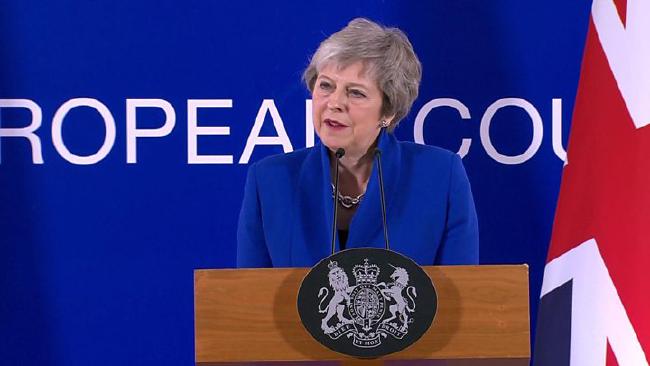
It’s been a hard few years for us Brits, with our now not-so Great British Pound tumbling against the Dollar and the Euro. This means that electronics and international products are increasing in price.
By how much, you may ask? Well, in September 2014, 1 GBP would get you $1.61 USD. Today, it would only get you $1.28. The end result is that a £539 smartphone from 2014 would cost us £677 in the UK today. That’s a £138 increase in price. The iPhone X with 2014’s production costs and GBP value would cost just £626, less than £100 more than the iPhone 6 launch price.
Inflation plays a small part in increased costs
With Apple being an American company, their overall business model must stay in track with the inflation rate of the US dollar. Whilst it has only been four short years since the iPhone 6, that has been enough time for the overall price of an iPhone to be adjusted quite drastically. According to this CPI calculator, the iPhone 6’s 2014 £539 cost would be £571 today. That’s an additional £32 to the overall pie.
A final look at why smartphones are getting more expensive
So with the three key points mentioned above, we are able to see just how much the iPhone 6’s launch price would have to be adjusted for 2018’s market.

So, in summary, if an iPhone 6 would cost £920 in today’s market, can we really complain about an iPhone XS costing £1,000? I don’t think so. Actually, it’s reassuring to see these numbers. It was the assumption by many that Apple and other manufacturers are simply raising their prices unfairly to pull in extra profit but these numbers prove otherwise.
So, if you need an excuse to put aside one grand for a new iPhone XS, just send your concerned friends and family members a link to this article and then head to the giffgaff phone store.




